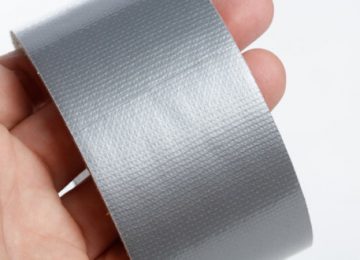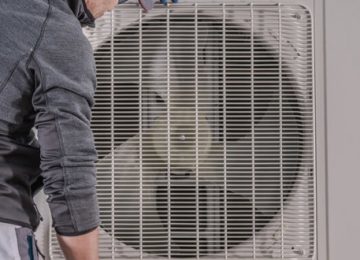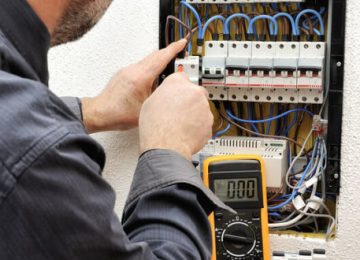Over the course of the last few years, hot air systems and underfloor heating have slowly begun to replace radiators and fireplaces. This is largely due to the decrease in utility bills it brings. However, as with everything else, there are benefits and downsides that come with the installation of underfloor heating. Benefits and downsides which we are going to explore in the article below, so read on if you are curious.
The Two Basic Types Of Underfloor Heating
The market currently provides us with two main forms of underfloor heating; one making use of warm water pumped through pipes, the other making use of electric coils. While mainly affiliated with high end establishments like hotels and resorts, these systems can also be installed by a Heater Repair Service in Philadelphia PA in regular homes.
Warm water underfloor heating requires the installation of an interconnected series of pipes which starts at your home’s boiler and webs along below the floorboards of each room you wish to heat this way. While this form of underfloor heating requires lower temperatures than the other, electric, system, it is also costlier to install due to the more elaborate process of the installation itself. Additionally, the floors of the rooms may need to be slightly raised due to the thickness of the pipes.
The other option would be electric underfloor heating, which requires the installation of a web of wire coils below the floorboards of each room you wish to heat this way. You may also be able to opt for heat mats in certain rooms, though uncommonly shaped rooms will require individual wires if you wish to cover the entirety of the room. Additionally, you will also need insulation below the wires. While electric underfloor heating is cheaper to install, it should be noted that it cannot be installed under carpeted floors.
The Benefits Of Underfloor Heating
A lot of people choose underfloor heating to rid themselves of the constraints set by radiators which require to be free of furniture to heat the room. Additionally, radiators will also spread heat unevenly due to their location, and require more electricity to function in lower temperatures. In contrast, underfloor heating is more efficient in both operation and operating costs.
The Downsides Of Underfloor Heating
The lack of underfloor heating in regular homes can be traced back to three main reasons: installation costs, incompatibility with older buildings, and slower heat up time. You can always call on reliable HVAC contractors that have ample experience and expertise in handling such cases. If the underfloor heating system is old, they can remove and install a new one with ease.

![Benefits and Downsides Of Underfloor Heating Over the course of the last few years, hot air systems and underfloor heating have slowly begun to replace radiators and fireplaces. This is largely due to the decrease in utility bills it brings. However, as with everything else, there are benefits and downsides that come with the installation of underfloor heating. Benefits and downsides […]](https://blogs.affordablehvacpa.com/wp-content/uploads/2019/01/Under_floor_heat-770x330-1-750x330.jpg)


